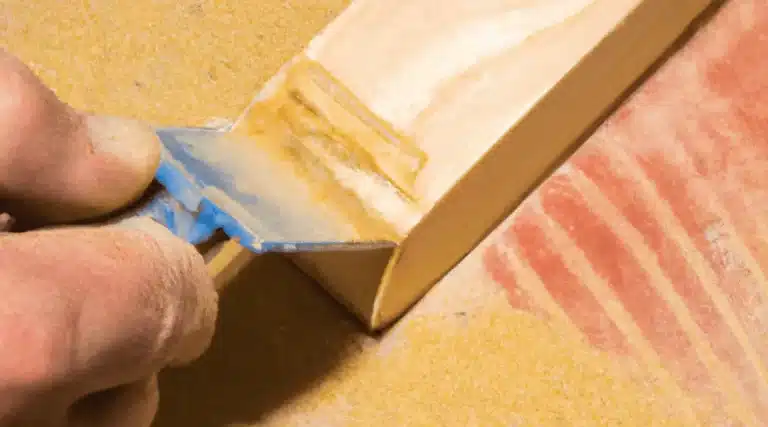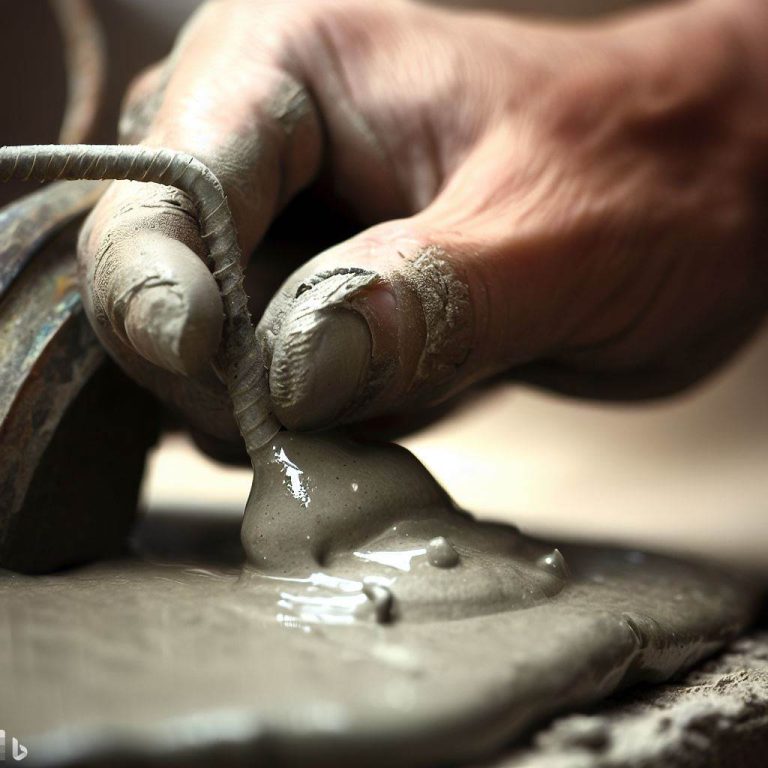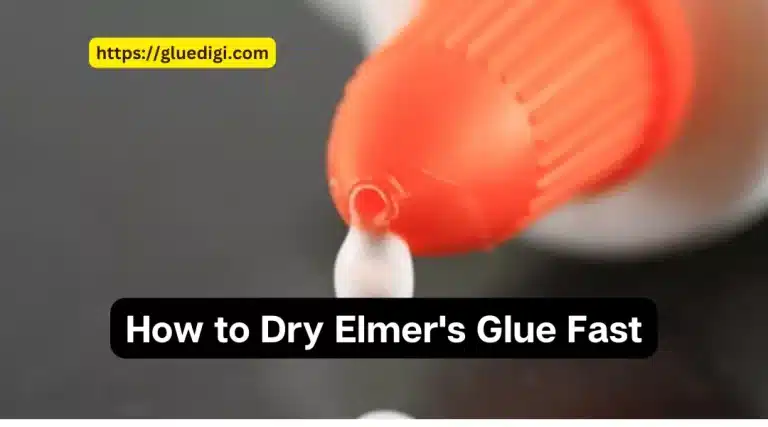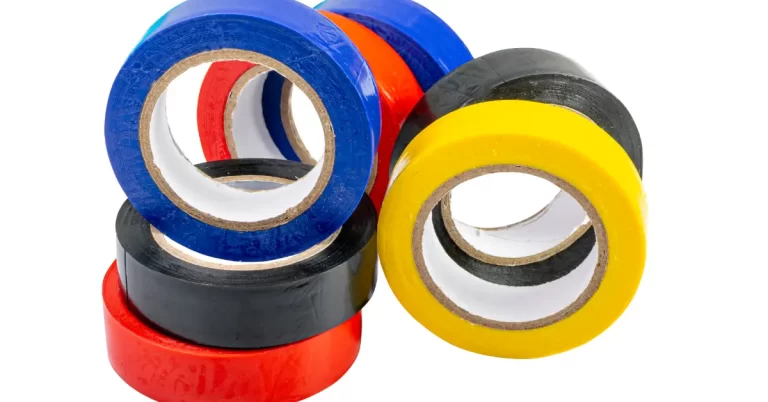When it comes to fastening metal parts to surfaces like wood or plastic, many people may not consider hot glue as a viable option. However, the truth is that hot glue can work wonders when it comes to bonding metal to other materials. Not only is hot glue a cost-effective solution, but it’s also easy to use and can create a strong and lasting bond if used correctly. In this article, we’ll explore the question “Does hot glue work on metal?” and provide tips and tricks for achieving a successful bond. So, if you’re ready to discover the power of hot glue, keep reading!
In this blog post, we’ll delve deeper into the topic of using hot glue to fasten metal parts to surfaces, providing tips and tricks for achieving a successful bond. Everything you need to know to get started will be covered in our tutorial, including how to choose the best kind of hot glue and how to resolve typical problems. Now let’s get to work, grab your hot glue gun!
Let’s dive into this peculiar topic and uncover the taste, health risks, and even unique uses of glue beyond its intended purpose.
Understanding Hot Glue and Its Applications
Before diving into whether hot glue works on metal, it’s essential to understand what hot glue is and its common applications and limitations.

What is Hot Glue?
Hot glue, also known as hot melt adhesive (HMA), is a thermoplastic adhesive that comes in solid cylindrical sticks and is applied using a hot glue gun. The gun heats the glue stick, which then melts and flows out of the gun’s nozzle when pressure is applied.
When the molten glue cools, it solidifies, forming a bond between the two surfaces it was applied to.
Strong sticky hot glue sticks to many different surfaces, including metal. Before using hot glue on metal surfaces, you must be aware of its restrictions.
Common Uses of Hot Glue
Hot glue is popular for its quick bonding time and ease of use, making it a go-to adhesive for various applications, including:
- Home decor and crafting projects
- Assembly of small electronic components and devices
- Binding of paper materials and packaging
- Furniture repair and assembly
Hot glue is also commonly used in industrial settings, such as in the manufacturing of automobiles and airplanes.
Limitations of Hot Glue
Even while hot glue has a ton of uses, certain materials or circumstances may not work well with it as an adhesive. Hot glue has several drawbacks, including:
- Low bond strength when used with heavy or high-stress materials
- Weakness when exposed to extreme temperatures or moisture
- Inability to bond well with certain materials, such as rubber or coated surfaces
It is important to keep these limitations in mind when deciding whether to use hot glue for a particular project.
Using Hot Glue on Metal Surfaces
Hot glue can be used on metal surfaces, but it is important to consider certain factors. The type of metal being bonded, as well as the surface texture and cleanliness, can all affect the bond strength of the hot glue.
It is suggested to use a high-temperature hot glue gun and to carefully clean the metal surface before to applying the adhesive for the best results. The bond may be strengthened with the use of wire brushing or surface sanding.
Hot glue may not be the ideal choice for heavy or high-stress metal components since it might not offer a strong enough adhesion. A more specialist glue, such as epoxy or a two-part metal bonding adhesive, may be preferable in certain situations.
Types of Metal Surfaces
Metal surfaces come in a variety of characteristics. Depending on the coating and surface roughness of the metal, hot glue sticks to metal surfaces in a number of ways. Let’s examine the three types of metal surfaces that are most common.
Smooth Metal Surfaces
On polished steel or copper surfaces, which have smooth metal surfaces, hot glue adherence may be troublesome. The bond may be poor because there is nothing for the glue to adhere to since there is no roughness. On sometimes, hot glue may not stick at all to a flat surface. Surface preparation, which will be discussed later, might, nevertheless, improve adhesion.
It’s crucial to keep in mind that hot glue might sometimes adhere to flat metal surfaces. One way to improve adhesion is to use sandpaper to slightly roughen the surface that the glue will be sticking to. Another option is to use a primer or adhesive promoter designed specifically for smooth metal surfaces.
Textured Metal Surfaces
Textured metal surfaces, such as brushed or hammered metals, provide a better grip for the hot glue. The textured surface allows the glue to form a stronger bond compared to a smooth metal surface.
Hot glue still isn’t the greatest adhesive for many heavy-duty tasks, although it could work better with rough metal surfaces.
It’s critical to remember that the hot glue bond’s appearance may be influenced by the metal’s surface abrasiveness. While a surface with less roughness may generate a connection that is more seamless, one with more texture can result in a glue line that is more visible.
Coated or Painted Metal Surfaces
The coating or paint itself has the most impact on how well hot glue adheres to coated or painted metal surfaces. On certain coatings, hot glue may not stick very well or could even peel off too soon. Test the hot glue’s efficacy in a small area first before using it on coated or painted metal surfaces.
The possibility of destroying the finish should be taken into account while dealing with coated or painted metal surfaces. Hot glue has to be applied and removed carefully since it could be challenging to do so without damaging the surface. One method to reduce the danger of damage is to use a low-temperature hot glue gun.
Knowing the properties of different metal surfaces might help you choose the best adhesive for your project. Hot glue may not always be the ideal option for metal surfaces, but with the proper surface treatment and testing, it could be a workable substitute in certain situations.
Factors Affecting Hot Glue Adhesion on Metal
Temperature, surface preparation, and glue stick composition are some of the variables that may affect how well hot glue adheres to metal surfaces. Let’s take a closer look at each element.
Temperature and Humidity
Temperature and humidity affect how well hot glue adheres to metal surfaces. Hot glue works best at room temperature since extremes of heat or cold might interfere with the bonding process. High humidity might also make it difficult for the glue to cure or weaken the bond.
It is important to keep in mind that the metal surface’s temperature has an impact on the bonding procedure. On too-cold metal, the adhesive could not stick as well. For the greatest possible adhesion, preheating the metal surface before applying hot glue is suggested.
Surface Preparation
The metal surface must be well-cleaned and ready in order for hot glue to adhere to it firmly. The surface must be cleaned of any contaminants, such as dust, grease, and other pollutants, that may prevent adhesion. Isopropyl alcohol cleaning is simple and may ensure a surface is clear of pollutants.
To encourage adhesion, the surface has to be cleansed and made rougher. Make the surface rough with a wire brush or sandpaper to help the glue adhere to it.
Another factor to consider is the kind of metal being bonded. For metals like aluminum, a special primer could be required to promote adhesion.
Glue Stick Composition
Not all glue sticks are made equally. Use a glue stick designed specifically for metal surfaces to increase adhesion. It is crucial to choose the appropriate glue stick formulation for your project since certain formulas are better suited to specific materials or applications.
The temperature range of the glue stick must also be considered. Some glue sticks can withstand high temperatures, while others are designed for use in low-temperature environments. Using a glue stick that is too heated for the metal surface might result in a weak connection.
Finally, the color of the glue stick can also be a factor. Clear glue sticks are ideal for use on transparent or light-colored materials, and you can use colored glue sticks for darker materials.
Best Practices for Using Hot Glue on Metal
To ensure the best results when using hot glue on metal surfaces, follow these best practices:
Choosing the Right Glue Stick
As previously mentioned, using a glue stick designed for metal installation may enhance adhesion. By reading the product description, you may determine if a product is suitable for the kind of metal you wish to work with.
Preparing the Metal Surface
To properly clean the metal surface and get rid of any grime, oils, or other impurities, use isopropyl alcohol. Sandpaper might be used to roughen the surface in order to create a stronger connection.
Applying the Hot Glue
Apply the hot glue evenly to the metal surface, being sure to completely cover the region where the bond is required. Rapid application and retention of the hot glue until it has had time to solidify are required.
Curing Time and Bond Strength
Give the bonded connection at least 24 hours to cure in order for it to reach its strongest form. Before utilizing hot glue for demanding or challenging tasks, consider whether it is the right solution for your needs.
Alternative Adhesives for Metal
If hot glue is not the ideal adhesive for your metal project, consider these alternative options:
Epoxy Resin
Epoxy resin is a powerful and versatile adhesive that is often used to connect metal surfaces. It is recognized for its durability, heat tolerance, and chemical resistance.
Cyanoacrylate (Super Glue)
Cyanoacrylate, also known as super glue, is another adhesive option for metal projects. It provides a fast bonding time and is best used for small repairs or assembly. However, it’s not suitable for projects involving high stress or large bonding areas.
Polyurethane Adhesive
For tasks requiring a flexible bond, polyurethane glue can be the best choice. Because of its outstanding resistance to moisture and temperature fluctuations, this glue is often used to connect various metals and other incompatible materials.
Finally, when used correctly and to the highest standards, hot glue can stick to certain metal surfaces, but there could be stronger and better choices available for your project. The expected outcomes, binding strength, and kind of material will ultimately determine the best glue option for your project.
Conclusion
Hot glue may be used to firmly attach small metal parts to a number of materials, including wood, plastic, and even other metal. The quality of the connection depends on several factors, including the kind of hot glue used and how carefully the surfaces are prepared. If you follow the proper steps and use the appropriate materials, hot glue could be a reliable way to join metal. So, absolutely, but with a few important qualifications. There is a response to the query, “Does hot glue work on metal?”




